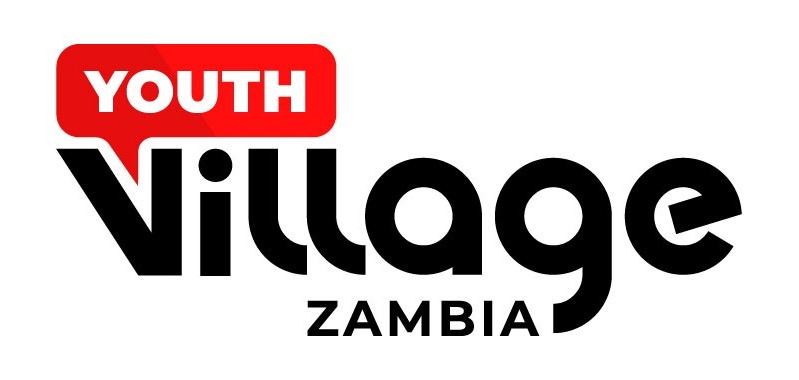Zambia’s agricultural sector plays a crucial role in its economy, providing employment to a large portion of the population and generating substantial export revenues. The country’s fertile land, favorable climate, and vast water resources make it ideal for the production of a variety of crops. While mining has historically been Zambia’s primary export sector, agriculture is becoming an increasingly important contributor to the nation’s economy. Below are the top 5 agricultural export products of Zambia.
1. Tobacco
Tobacco is Zambia’s most valuable agricultural export and a significant cash crop for many farmers. The country’s tobacco is primarily grown in the Central, Southern, and Eastern provinces, where the climate is conducive to its cultivation. Zambian tobacco is highly sought after on the international market, especially for its quality and flavor profile. It is exported to several countries, with the majority going to markets in Europe, the United States, and Asia. The tobacco industry supports a large number of jobs, from cultivation to processing and export.
2. Sugar
Zambia is one of Africa’s top sugar producers, with the sugar industry being a key player in the country’s agricultural exports. Most of the sugar is produced in the Southern Province, particularly in Mazabuka, where Zambia Sugar Plc, the largest sugar company in the country, operates. The bulk of Zambia’s sugar is exported to neighboring African countries, as well as to Europe under preferential trade agreements. Zambian sugar is used not only for direct consumption but also in food processing and beverages.
3. Cotton
Cotton is another major agricultural export for Zambia, contributing significantly to the rural economy. Cotton farming is widespread in the country, particularly in the Eastern, Southern, and Central provinces. It is primarily grown by smallholder farmers, who rely on cotton as a source of income. The cotton is processed into lint and exported to global markets, including China, India, and Europe, where it is used in the textile industry. Cottonseed, a byproduct of cotton production, is also used for oil extraction and animal feed.
4. Maize
Maize is Zambia’s staple food crop and a major export product. While much of the maize produced is consumed domestically, surplus production is often exported to neighboring countries such as Zimbabwe, the Democratic Republic of the Congo, and Malawi. Maize exports are critical in ensuring food security in the region, particularly during times of drought or food shortages. Zambia’s maize industry has benefited from government support and policies aimed at enhancing production and expanding market access.
5. Soya Beans
Soya beans are becoming an increasingly important export product for Zambia, driven by global demand for plant-based proteins and oils. The crop is grown in several regions, including Central, Eastern, and Northern provinces. Soya beans are used both for domestic consumption and export, with processed soya bean products such as soya oil and meal being in high demand in the livestock feed industry. Zambia exports soya beans and related products to South Africa, Asia, and Europe, capitalizing on the growing trend toward plant-based foods.
Zambia’s agricultural sector holds great potential, with tobacco, sugar, cotton, maize, and soya beans leading the way as the country’s top export products. These crops not only contribute to Zambia’s export earnings but also support the livelihoods of millions of farmers and workers across the country. As global demand for these commodities continues to rise, Zambia’s agricultural exports are likely to play an even greater role in driving economic growth and development. Expanding market access and investing in sustainable farming practices will be key to maximizing the sector’s potential in the future.






